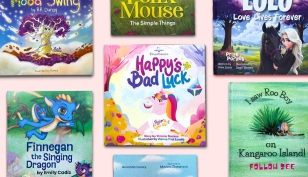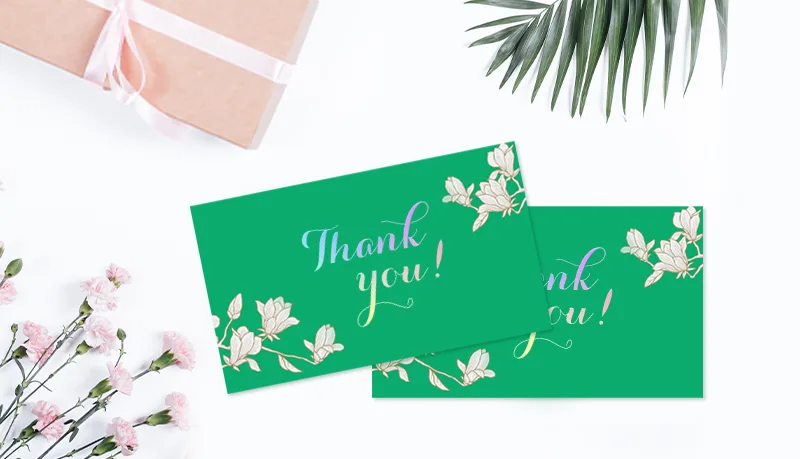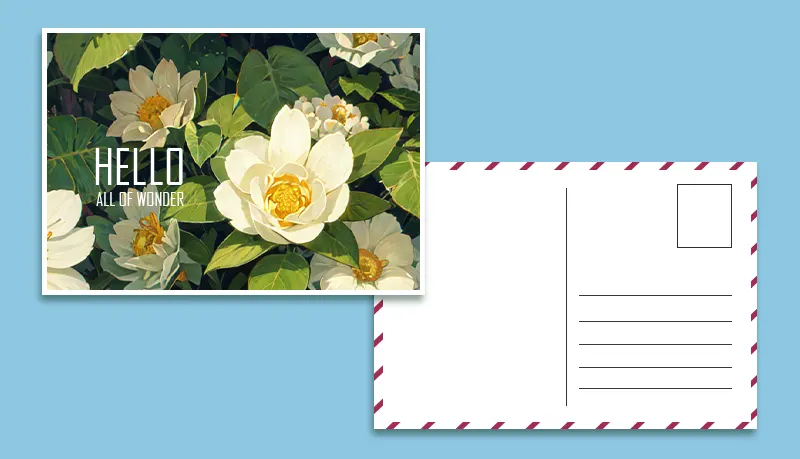More self-published authors are finding success with children's picture books. Based on decades of experience working with independent creatives and mainstream publishers alike, we share the secrets of successful children's picture books
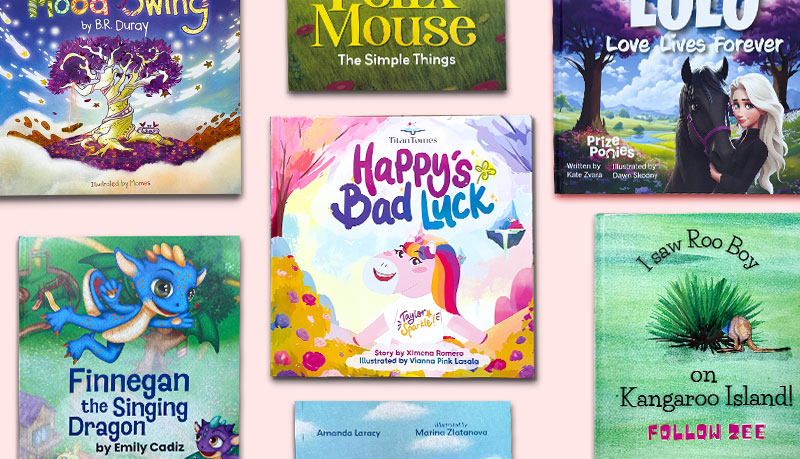
When self-publishing first took off on its contemporary trajectory—more-or-less back in 2005 with the launch of the now defunct CreateSpace—there were few options other than to put out an eBook and accept a poor-quality print-on-demand paperback version of your book. Accessible high-quality offset printing for indie authors (something we specialize in providing) was still off the radar. So, even if you knew how to write a successful children's picture book, you couldn't mass produce mainstream quality paperback, hardcovers, art books, coffee-table books, comics, or children's illustrated picture books as a self-published author. QinPrinting is one of the companies that changed all that; bring professional quality standards and mass production capabilities within reach of indies (and indie budgets) for the first time.
Since then, we've seen independent children's book authors develop full time self-publishing careers from their work and we're proud to have played our part in shifting the landscape of independent creativity and opening the doors of possibility to a wider range of interests, talent, markets, and styles. In the early days there were plenty of nay-sayers (unimaginative minds are always resistant to innovation) but we've proved them wrong. Successful children's picture book authors such as Hannah Holt, Ronnie Sydney, Karen Inglis, Darcy Pattison, and innumerable others have broken the old mold and blazed a new trail that more have also followed with great success. Darcy Pattison alone has built a small empire, starting out as a one-book indie author and now managing her own publishing and education company. Darcy has 60+ titles on the market at the time of writing and now pulls in a cool six figures annually. To find out more about making money as a self-published children's writer, you might be interested in Can You Make Money Self-Publishing Children's Books?
But let's assume that you already understand this and you've decided to print and publish a children's picture book as an independent author. There's definitely a lively market out there into which you can tap your talent. But the fact remains that—just as in mainstream publishing—most authors either don't succeed or give up just before they would have succeeded. Because, even with all the latest technology, and the Internet, and marketing savvy in the world, you still need a good product. And that means, if you want to publish a successful children's picture book, then you need to know how to do it. And while there's no secret formula, nevertheless, it's possible to identify certain characteristics and elements that all bestselling and mid-market children's picture books have in common. So, to give you a leg up the ladder and optimize your chances of success in this growing market, we'll explain to you—based on almost 30 years of experience in the industry and working with hundreds of indie authors along the way—what we've identifies as being the 12 essential elements of a successful children's picture book.
Why write and illustrate children's picture books?
The first thing to think about is why you want to write a children's picture book. Yes, you probably want to make money from it; but to be honest with you, if your only motivation is financial, you probably won't make it. There are easier ways to make plenty of money. The indies we work with and who have seen the most success do want to make a living from their books, yes, but they are primarily motivated by a passion for children's literature, for children, for their education, for entertaining kids, and for encouraging them and inspiring them in literacy and in life.
Writing for children isn't easy. As we pointed out in our other post, How to Write for Children (which you might also want to read), writing for children is actually way more difficult than writing for adults. But a successful children's picture book has the power to enliven young minds, ignite their imaginations, and encourage in them a passionate love for reading which can last their entire lives. But what exactly makes a children's picture book stand out from the rest?
In the rest of this blog post, drawing on decades of experience working with mainstream publishing houses and self-published authors alike, that's the exact question we'll answer. We'll share with you what we consider being the 12 essential elements that contribute to the success of a children's picture book. From memorable characters to stunning and original illustrations, from simple yet meaningful stories to the power of verbal humor and visual comedy, we'll explain the key components that make a children's picture book truly exceptional, valuable to both parents and children, and likely to sell. So, without further ado. Are you sitting comfortably? Then we'll begin!
1. Memorable characters
One of the primary factors—indeed, it's probably fundamental—that can make a children's picture book successful is truly interesting, relatable, and memorable characters. Think of Dr Seuss's The Cat in the Hat or Max from Maurice Sendak's Where the Wild Things Are; how about the eponymous Very Hungry Caterpillar in Eric Carle's famous book or David McKee's Elmer the Patchwork Elephant. The list could go on. Each of these successful children's picture books tells a very different kind of story. But what they all have in common is a striking, memorable, relatable list of characters.
Kids love the chaos the Cat in the Hat causes, the imaginative adventures on which Max embarks among the Wild Things (without leaving his bedroom!), the hunger for yummy things expressed by the Caterpillar, and the need to fit in at the core of Elmer's funny and touching story. Children are naturally drawn to characters they can connect with, empathize with, and understand. Whether those characters are animals, humans, or even fairytale creatures, the protagonists in a children's picture book should be unique, attractive, and interesting.
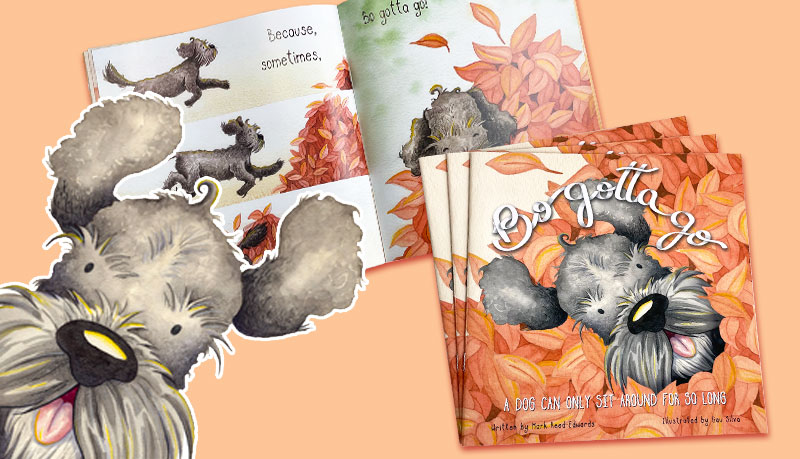
To create memorable characters, it's important to consider the age group you're targeting and to understand their interests and preferences. Animals, especially exotic ones, can spark children's curiosity and get their imaginations going. And those animal characters needn't always be cuddly and fluffy to appeal to kids. There's nothing especially cuddly about a caterpillar, after all; or a Gruffalo for that matter. They can be fluffy and cute, sure, but children's picture book authors have been successful with all kinds of animal characters. Leo Lionni, for example, has characters who are frogs, fish, and chameleons, among others. But, of course, dogs, bears, cats, and mice are always popular. Humans, on the other hand, provide a sense of familiarity and direct relatability, especially if the characters, like Max, are kids themselves. Including a mix of strong and diverse characters can enhance the representation in your book and make it more appealing to a wider audience. But whether you choose animals, humans, or fantasy creatures, the key is to make your main character both child-like and aspirational.
2. Sequential visual storytelling
Obviously, we're not talking about any genre of children's books here (although the first point about characters applies to them all). But here we're talking specifically about successful children's picture books. And that means books which rely heavily on illustration; not only to accompany the text but also to do the lion's share of the storytelling, too.
It goes without saying—or it should!—that the artwork in children's picture books is an essential feature, then. The art in this genre must never be merely to cutesy up the text with pretty pictures. It should be an integral part of the narrative form. In other words, you should first tell your story through the illustrations and then add the minimal text needed to guide and enhance the visual storytelling. For example, the opening lines of Where the Wild Things Are say, “The night Max wore his wolf suit and made mischief of one kind or another” are spread over three full-page illustrations. The text doesn't tell us what mischievous acts max got up to—nailing his sheets to the wall with a hammer to make a den; chasing the family dog with a fork—but rather, we see the story of his mischief told in the “live action” of the beautifully drawn and colored pages.
The drawings and paintings you create to tell your story—whether you do them yourself or commission a third-party illustrator and whether they're done digitally, using traditional materials, or both—must bring the story vividly to life, capture the attention and interest of young readers, and enhance their overall reading experience by makin git necessary to observe closely and interpret the images in order to understand the text. Bright colors, whimsical designs, humor, and captivating narrative elements are vital factors that make a children's book visually appealing.
While not all authors are skilled illustrators, collaborating with a professional illustrator can help bring your story to life on the page. You can rough out your ideas on a storyboard or write a page-by-page description of what you want the illustrations to include. The text should be minimal—just a few lines per page and you can even leave some pages without any text at all—and together with the images, should provoke emotions, and leave the pictures to be the primary mode of storytelling. The most successful children's picture books have full color, full page spreads with lots that parents and children can point out and talk to each other about beyond the text. Many also have purely visual “subplots” such as, say, a family of mice having their own parallel adventures in the background as in the ladybird classic, The Magic Porridge Pot.
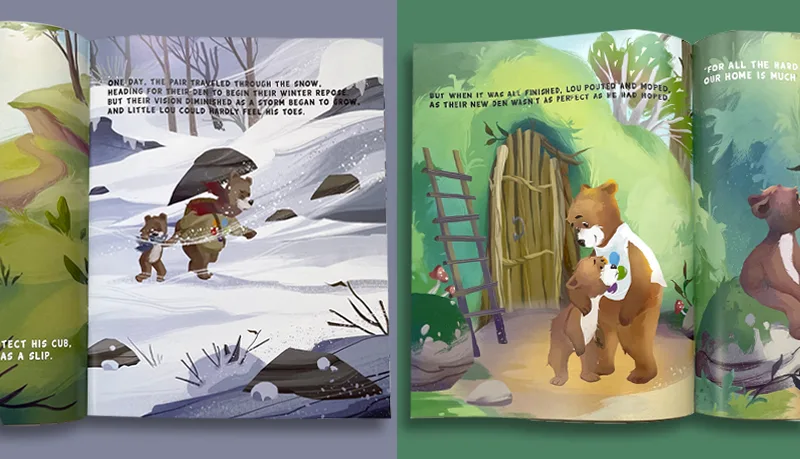
3. Simple yet meaningful stories
Children's picture books should have simple, easy-to-understand stories that young readers can readily understand and imagine themselves taking part in. Your storytelling should be age appropriate and cater to the developmental stage of your target audience or readership. The plot should be straightforward, with a clear beginning, middle, and end.
Incorporating a lesson or a moral into the story can add depth and meaning to the narrative, but you should avoid being “preachy” or in any way condescending. Try to remember what it was like t be a child at that age; what was important to you? What were your joys, hopes, and fears? What made you laugh out loud? And then write the story for that inner child with clarity, honesty, compassion, and humor. Whether it's about friendship, overcoming challenges, or embracing differences, incorporating ideas and thought-provoking lessons can help children learn values and life skills. But do so simplicity rather than explicitly and with subtlety rather than overtly. By crafting a simple yet meaningful story drawn from a deep understanding of childhood experience, you can create a book that not only entertains but also educates and inspires young readers.
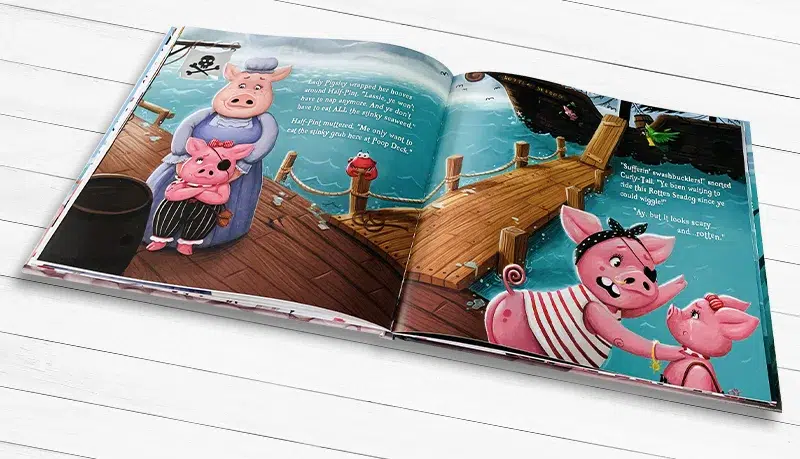
4. Humor and entertainment
Children have a highly tuned and natural affinity for humor, and incorporating it into your children's picture book can make it more enjoyable and memorable not only for the kids themselves but also for the adults who are most likely reading the books with or to them. Humorous events, funny characters, and amusing situations can elicit laughter and create a positive reading experience for children. According to several psychological studies, reading together improves parent-child bonding and science has also proved multiple times that laughter is the best medicine.
So adding moments of comedic relief or silly antics to hold children's attention and make them laugh is an excellent idea for developing a successful children's picture book. The humor could be in the text, in the pictures, in the situation or a relationship or—and this is often the most effective way—by contrasting these various elements in surprising ways. And it needn't always be “lol” humor. A giggle or a smile can be all it needs. Humor also heightens attention and can create a strong emotional connection between the child reader or listener and the story, making them eager to revisit the book time and time again. The sure mark of a great book for kids is when the child begs the parent, “Read it again! Read it again!” That's the sort of book you should be aiming for and humor can be a powerful and effective lever to pull in getting there.
5. Age-appropriate language
When writing a children's picture book, it's important to use age-appropriate language. The vocabulary, sentence structure, and complexity of the text should sit comfortably with your picture book's target age group's reading level. Balancing the challenge of introducing unfamiliar words while keeping comprehension accessible is an essential aspect of vocabulary choices. Pictures, providing context, also help. So, don't shy away from using more complex words and phrases, but make sure that they are embedded in a framework which allows the child to grasp their meaning and expand their vocabulary rather than feel frustrated. One mistake we see all too often with new writers coming to children's books is the tendency to use a kind of “sing-song” tone which is overly sentimentalizing of the juvenile experience and comes across as condescending. Avoid that at all costs!
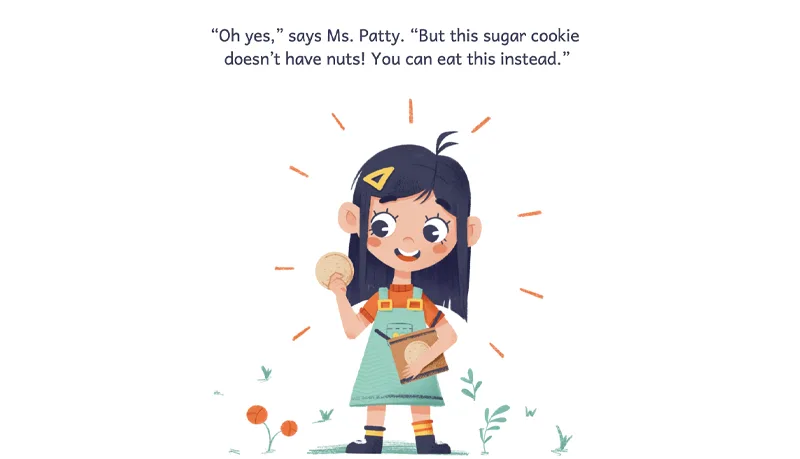
Do you remember that we mentioned Dr Seuss? Seuss published a vast repertoire of books and all of them in rhyme. It's by no means necessary, but rhyming can be an effective tool for engaging younger children and making the book more enjoyable to read aloud. Very young children also like to memorize a text they've heard several times. They learn to read by repeating the text aloud while following the written words on the page. However, it's important to make sure that the rhymes flow naturally and don't hinder the overall readability of the text. Remember, simplicity and clarity are essential to capture and sustain a child's attention. However, before you decide to rhyme, you should know that creating original and effective rhymes is no easy task. Indeed, the more limited the vocabulary available to you, the more difficult it becomes. So, you may need to spend a lot of time working on your text to get a good rhyming pattern that doesn't make itself so obvious as to undermine the story. Dr Seuss sure as heck didn't just sit don't and “bash out” The Cat in the Hat or Green Eggs and Ham or The Lorax. Contracted to the publishing house, he often complained of the difficulty he had developing rhyming texts constrained by the vocabulary lists with which his editor provided him. That may be one reason why his characters, worlds, and stories are so fantastical and whacky—it allowed him more creative room for maneuvering!
6. Interactive elements
Children's picture books that incorporate interactive elements can enhance the reading experience and encourage active engagement and multisensory learning. This can include asking questions, prompting readers to make choices, or incorporating interactive features like flaps, pop-ups, or tactile parts—fabric or other materials that children can feel as they follow the story; so a picture of a rabbit, say, with a patch of soft fake fur glued to it, or leatherette on a character's brand new shoes, or perhaps a holographic paper on a spaceship.
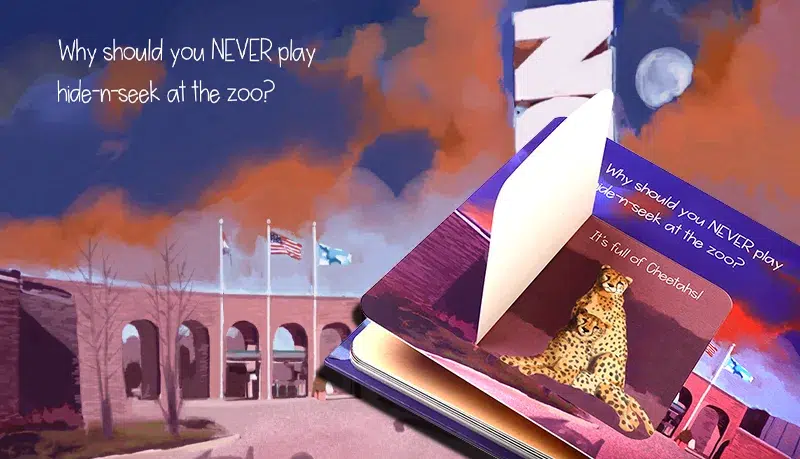
Interactive elements not only make the book more fun but also promote cognitive development and critical thinking skills. Imagine a book with the theme of looking for a lost item, a teddy bear, say. An illustration might show a child searching for the bear in the kitchen near the cupboard. The text might ask: is the teddy in the cupboard? Open the door and let's see! And if the cupboard door is a paper flap with an illustration behind it, the child can make a guess and then lift the flap. Now, the picture under the flap could be something expected, such as a cooking pot, or something wildly surprising, like a friendly monster, perhaps munching all the cookies! By actively involving children in the story through physical actions and surprises, you create a sense of ownership and foster their creativity and imagination.
7. Diversity and inclusion
In modern America and Europe, we live in a huge cultural and ethnic melting pot; a vast and lively multicultural society with all the diversity and richness that contributes to our lives. Children growing up today have never known anything else. It's entirely normal and expected for them to mix with other children with racial, ethnic, cultural and religious origins quite different from their own and from all parts of the globe and all levels of society. Not only is it important to reflect this experience in the literature we create for them, it's essential that any child who engages with your book has an opportunity to see someone like them represented so that they can relate. So, if you want to publish a successful children's picture book, you should include diverse characters, explore different cultures, and portray a range of perspectives that can foster empathy, understanding, and inclusivity.
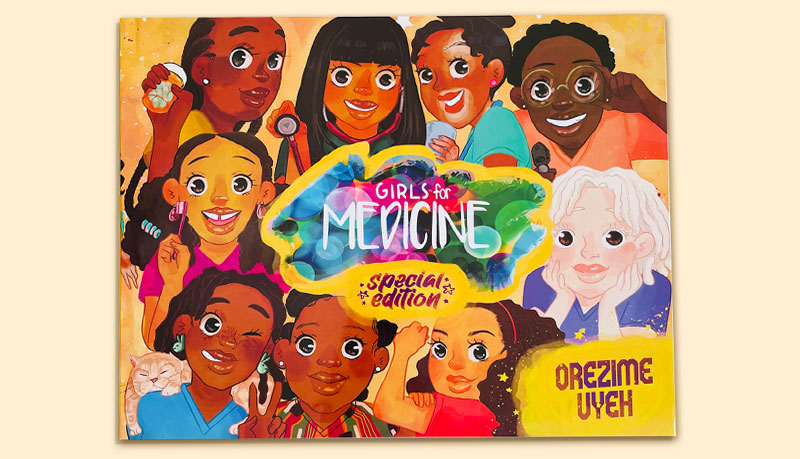
Representation matters, and children should be able to see themselves and their experiences reflected in the books they read. The days of Dick and Jane who existed in an exclusively white, wealthy, middle class America, are gone. By creating a diverse and inclusive book, you can promote acceptance, celebrate differences, and encourage a sense of unity among young readers, which will help build a more peaceful and compassionate society in the future, too.
8. A well-structured layout
The layout of a children's picture book is vital in guiding the reader's attention and creating a logical and comprehensible story structure which early readers can follow easily. A well-structured layout also allows you to play a few surprising tricks by breaking from it once or twice: a “splash page, for example, can have a significant impact, or a double-page spread in the middle of the book can provide lots of opportunities for visual and verbal exploration. In any case, you need to design each page with care to maintain a balance between text and illustrations, allowing the story to flow effortlessly and giving the still largely visual-tactile rather than intellectual-verbal child plenty to engage with through the senses.
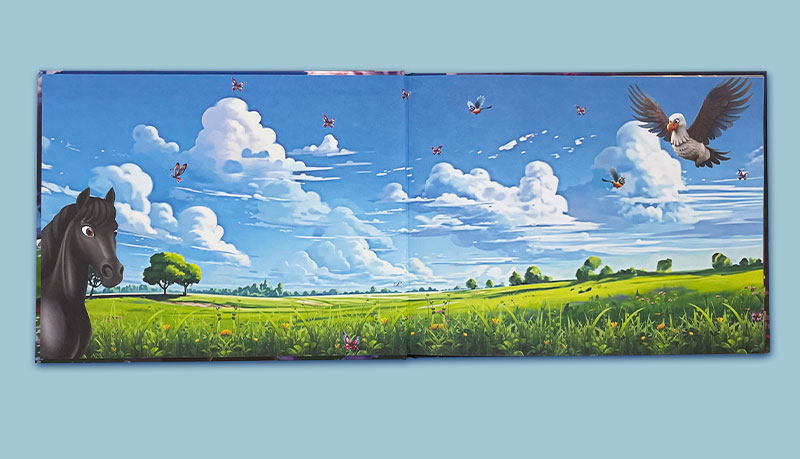
As we've pointed out already, most picture books rely heavily on the images to tell the story while the text and dialogue play a supporting role or provide insight and commentary on what the child can see illustrated on the page. Some children's picture books, such as Quentin Blake's book Clown, have no text at all. These books are especially powerful in encouraging imaginative storytelling and interpretation.
9. Emotions
When Maurice Sendak first published his now timeless children's classic picture book, Where the Wild Things Are, it released to a storm of controversy. While many critics acclaimed it for its innovative treatment of childhood anger, parental love, and the therapeutic power of the childish imagination, several others condemned it as too frightening and confusing for young readers. Either way, it laid open a continuing debate about whether and if and to what extent a children's picture book can represent, express, and explore strong emotional experiences. The consensus today is that it's important for books to acknowledge children's emotional experiences, but that the treatment in text and images must be undertaken with care.
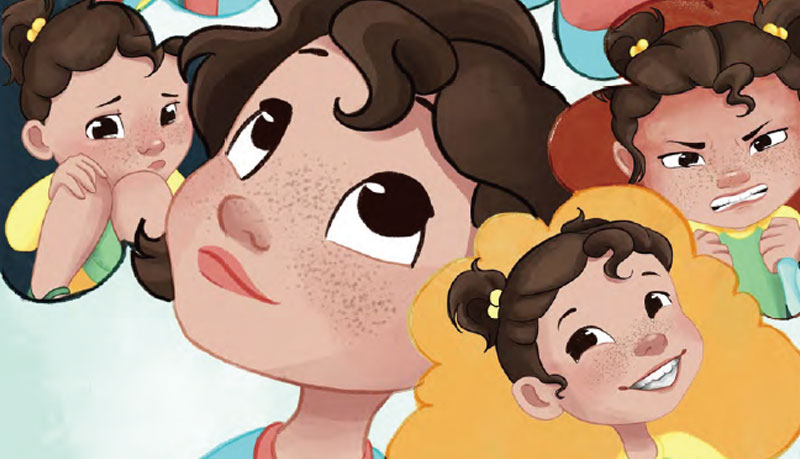
It's clear that successful children's picture books have the potential to provoke strong emotional responses—both positive and negative—and to create lasting memories. By infusing your story with emotional depth, as Maurice Sendak did as he allowed Max to misbehave and then react with sullenness and anger to his mother's punishment, you can speak to children's real experiences and leave a lasting impact. However, take care to make sure that your book doesn't upset or disturb young readers. The core reason why Sendak's acknowledged masterpiece works is that it emphasizes that all the adventures among the monsters, and the monsters themselves, are taking place entirely in max's imagination and it ends with his decision to return to his mother who expresses her love for him and the comfort of belonging at home by having his supper waiting for him. For the picture book age group, your stories should show clearly how obstacles can be overcome, difficulties resolved, and always have a happy ending.
However, that still leaves you lots of freedom to explore themes that reflect with children's experiences and emotions, such as friendship, love, loss, or self-discovery. By addressing these universal emotions, you can create a connection between the reader and the characters, fostering empathy and emotional growth. The key is to do so thoughtfully and always to be sensitive to the impact such emotions may have while making sure no emotional element is left without a clear, positive resolution.
10. Readability and read-aloud appeal
Here's a thing that is vital, really essential, to writing a successful children's picture book, and it's to do with the text. Now, we've pointed out more than once in this post that the text sort of plays “second fiddle” to the pictures. But that doesn't mean that the text itself needn't be finely crafted. In fact, as you only have a few lines and a limited vocabulary with which to work, it's even more important that you get it exactly right.
One key aspect of this that is often overlooked is that children's picture books are designed to be read out loud. So, children's picture books should be easy to read and have a natural flow. The text should have a rhythm and cadence that makes it enjoyable to read aloud and to listen to. When you're writing and editing your text, then, you do well to pay close attention to the pacing, sentence structure, and use of repetition to create a sonorous, pleasing, rhythmic, and memorable sense when you—or someone else—reads it aloud. Certainly, you should always read your text aloud to yourself as you write and revise it. Another possibility is to record yourself reading the book aloud and listen back to it. But the problem here is that because you know the text—after all, you invented it!—and because you already understand how it's meant to sound; you may not be the best person to read it. We strongly recommend that you get someone else to read it aloud. Someone who doesn't know anything about it before they see for the first time—and no-one with acting experience or ambitions, professional or amateur. If you don't know anyone you could call upon to help you in this way, you can try several options that usually produce results, such as
- Ask moms and dads at your local kindergarten or nursery school
- Put out a request on your social media (you could send the text by email and they could send you a sound recording in the same way, for example)
- Ask your kids' friends, parents or older siblings to read it to you
- Join your local writers group—if you don't belong to one already!—and ask your colleagues to read your book to you; or even to the whole group if you have the courage!
- If you get really stuck, you can try getting an AI to read it aloud, but it's not such a good option as this technology is still very primitive and free versions sound expressionless and robotic still
Readability also extends to the use of typography and font choice. Clear and legible fonts, appropriate for the target age group, make sure that young readers can follow along and comprehend the text without difficulty. Incorporating onomatopoeia and sensory words can make the reading experience more interactive and immersive. But a word of warning as regards fonts. Less is often more and clarity is the most important factor. You might think that a certain font would add a sense of “fun” to the proceedings, but think again; over-elaborate or comedic fonts may prove hard to read if you use them throughout the whole book. Take a look at several popular and successful children's picture books already published and examine the fonts. As a rule of thumb, it's better to use only one or two and prioritize clarity over other considerations. You can find out more about choosing fonts for a self-published book, by reading our post, How to Choose a Font for Your Self-Published Book.
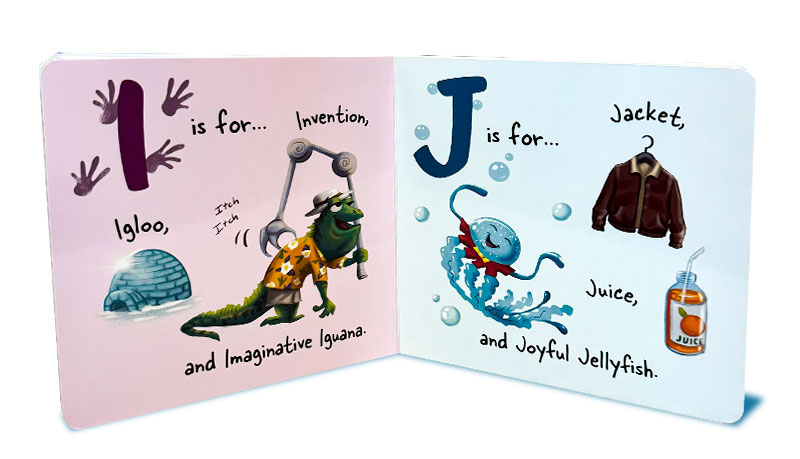
11. Market research
Understanding the market and the preferences of your target readership (and also of the adults—parents, librarians, booksellers, and teachers—who actually buy them) is vital to give you the information you need to write and illustrate a successful children's picture book. It's a lovely dream to produce something entirely innovative, never before seen, and make a smash hit. But, we'll be honest with you. It's a tough call; especially if you are going to self-publish and don't have the marketing and promotional power of one of the Big Five publishing houses at your back. When Maurice Sendak published his innovative book about Max and the Wild Things, he was already a well-established and trusted author contracted to a major publishing house. Unless you are already well known, you do well to study what's already working, what's popular, right now, and what kind of picture books endure over time to become “classics”.
As you begin this research, you'll discover plenty of diversity even as you discover the core similarities which push a book toward the pinnacle of success. Research the current trends, popular themes, and best-selling books in the children's book market. Choose ebooks that you, even as an adult, adore, and read them several times; first for pleasure and then to take notes. Take notes about the length and distribution of the text; the vocabulary and style; the pictures; the characters; the plot; and make a note of the emotions the book evokes in you. If you find a book that makes you laugh or cry or both, pay especial attention as to why. How did the author and illustrator stimulate your emotions? How could you do the same in another reader's heart?
Visit bookstores and libraries, read extensively in the genre you're targeting, and analyze what makes certain books successful. Pay attention to the themes, characters, illustrations, and storytelling techniques that work with young readers and their adult carers and guardians. By staying informed and attuned to the market, you can absorb the rules that you need to understand creating a book that meets the needs and interests of the market and so is more likely not only to give pleasure but also to sell. And don't believe anyone who tells you that by “writing to market” you'll stifle your creativity and that your work will become “formulaic”. That needn't be true at all. It's just about exercising your creativity and bringing your personal touch within certain intelligent parameters. You're looking to develop a book that's both in tune with the market and highly original. If that's not a challenge that will engage the full extent of your creative powers to achieve, we'd like to know what will!
12. Professional artwork and editing
A great many successful children's picture books are written by author-illustrators who do everything themselves. But that's not by any means always the case. Others love the writing side and collaborate with professional artists and graphic designers to generate the illustrations. Others are artists by training and passion and collaborate with professional writers and poets to develop the text. All of these options are viable and respectable. It all depends on your talents, your personality, and the resources you have available.
Collaboration with professional artists and writers already working in the publishing and self-publishing industry can enhance the quality and marketability of your self-published children's picture book. Employing the services of experienced editors, illustrators, and proofreaders who specialize in children's literature is absolutely essential. Think about it: even the most famous and successful writers working within mainstream publishing—be they children's authors or any other kind—always have their work edited, often multiple times, and proof read before it's printed. It would be a naïve or arrogant self-published author who imagined that their work would be ready to publish out in the world after a single draft and a cursory pass with a grammar checking app.
Professional feedback and guidance can help to guarantee that your book adheres to industry standards; and that it meets the expectations of the people who actually buy children's books, because they are parents, legal guardians, teachers, and librarians, not the children themselves. Make the most of the opportunity to collaborate with and learn from experienced professionals to lift your children's picture book to the heights of its fullest potential.
To sum up, creating a successful children's picture book requires a delicate balance of engaging characters, beautiful illustrations, simple yet meaningful storytelling, humor, age-appropriate language, and a careful and sensitive handling of emotional content. By incorporating these essential elements, you can craft a book that not only entertains but also educates, inspires, and encourages kids on their literary life journey. With careful attention to detail, market research, and professional collaboration, your children's picture book has the potential to make a lasting impact on the hearts and minds of young readers around the world. It's not an undertaking to get into just to make money—although you can make money; remember Darcy Pattison and Karen Inglis and their six-figure incomes—or because you think somehow, it'll be easier than writing a “serious” book. But if your heart's in the right place, you have a natural affinity with children, can tell a good story, and you're prepared to put in the hard work, there's no reason why you shouldn't, eventually, make your way onto the children's bestseller list or even become a classic children's writer whose books will be still be selling a century from now.
Talk to us! We're here to help.
If you're a self-publishing author or a small press and you'd like to print a children's picture book — and only the finest product and unbeatable customer service will do — we should talk. Get in touch today to chat through your needs or to ask for a no-obligation quote. Just give us a call on +86 21 6538 1716 or shoot us an email to [email protected] and we'll be delighted to listen to your ideas and explore how we can help make your dreams come true. We can't wait to help you make your next picture book the best!





